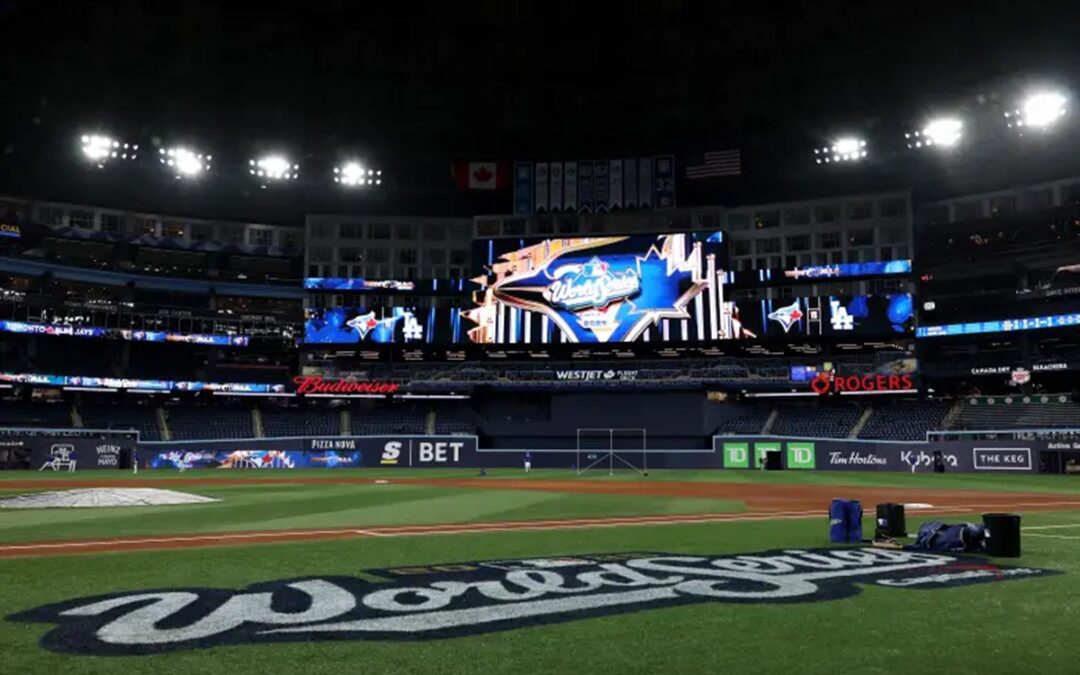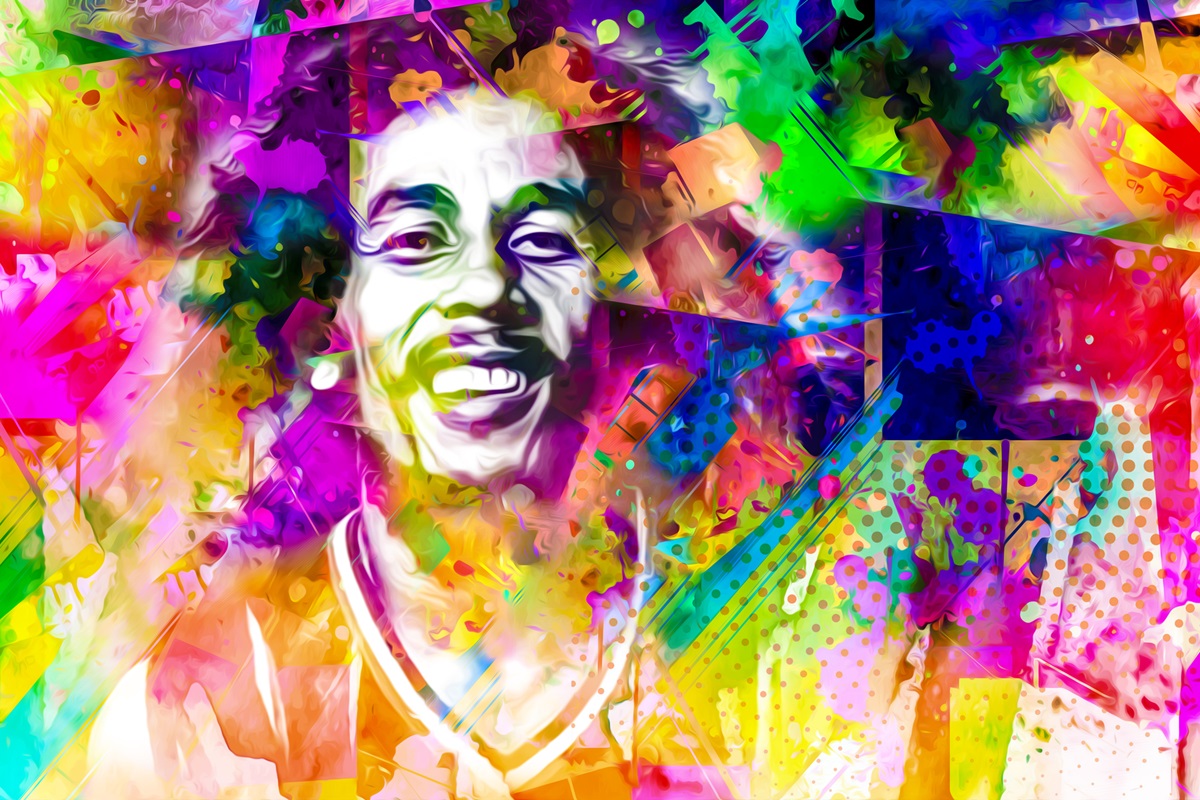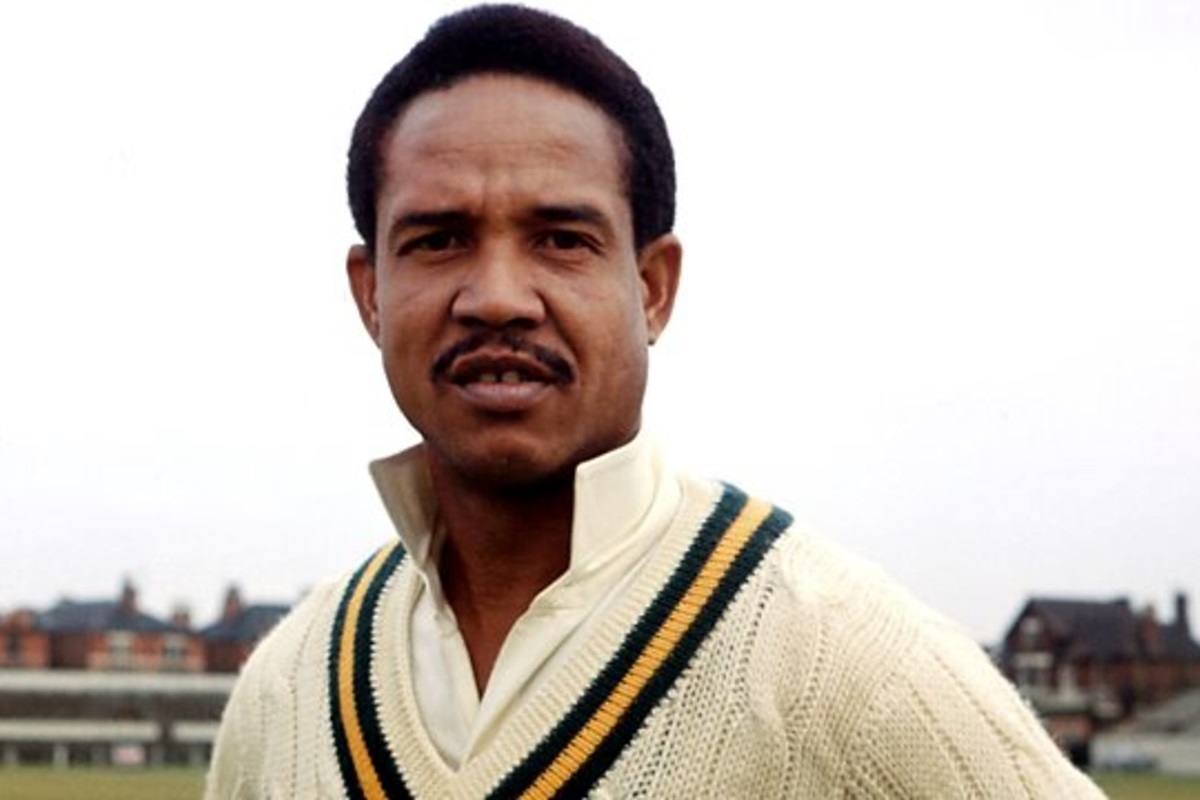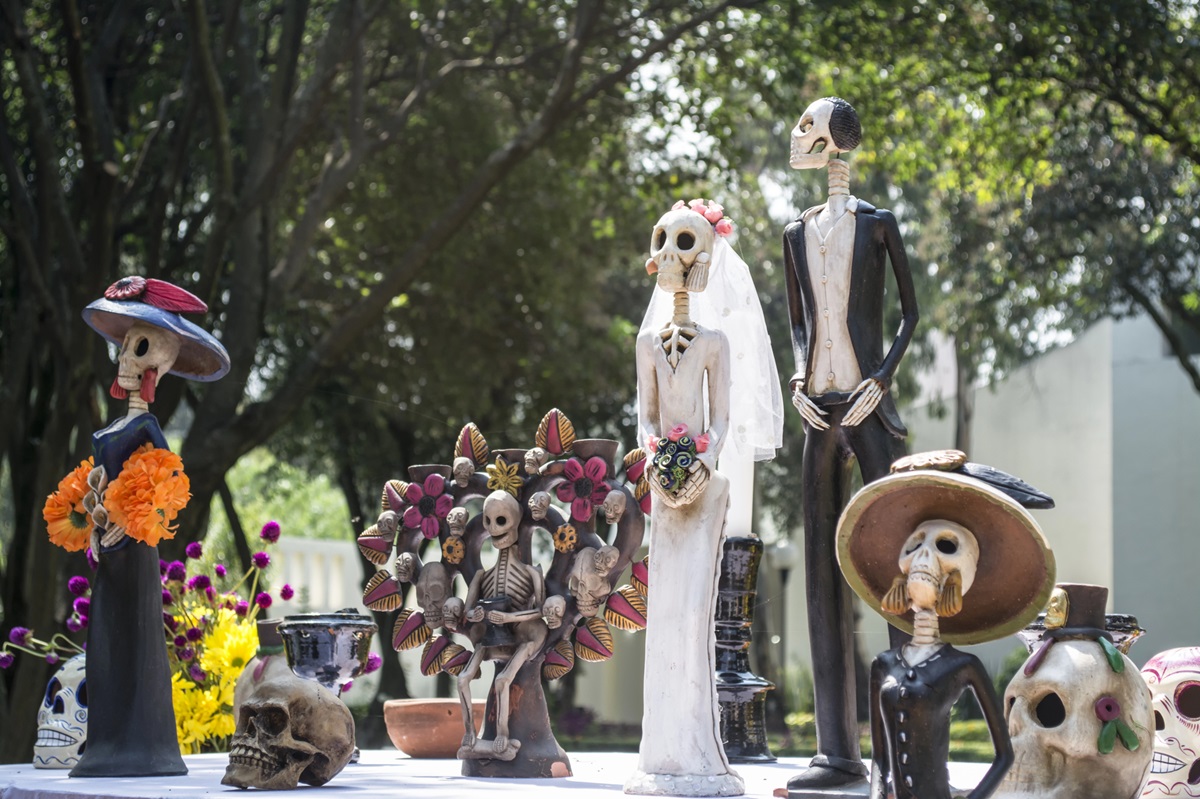The scoreboard at Rogers Centre still glowed through the midnight haze — Dodgers 5, Blue Jays 4, 11 innings — as a sold-out crowd refused to move. They had waited thirty-two years for this night, for the chance to see a championship parade roll down Bremner Boulevard. Toronto was two outs away from ending the drought. Then, heartbreak.
But even in defeat, the 2025 Toronto Blue Jays redefined who they are and what they mean to a country that had longed for relevance beyond nostalgia. They became contenders again, a complete ballclub that didn’t stumble into the postseason but fought its way through the American League East and reached the World Series with conviction.
The record — 94 wins, first in the division, American League champions — tells one story. The transformation behind it tells another: leadership, identity, and a roster that finally felt like a team built to last.
Vladimir Guerrero Jr. and the Foundation of a New Era
The season’s tone changed the day Vladimir Guerrero Jr. signed his 14-year, $500-million contract extension in April. It wasn’t only the largest deal in franchise history; it was a declaration that the Blue Jays intended to build around their own rather than watch them walk away.
Guerrero rewarded that faith with a spectacular campaign — top-six in on-base percentage, top-twenty in OPS — and an unforgettable postseason where he hit eight home runs and slashed .333 in the Fall Classic. More than the numbers, he became the emotional center of a clubhouse that manager John Schneider described as “the most connected group I’ve ever been around.”
Toronto’s season was driven by veterans reborn and young players breaking through. George Springer, at 36, turned back time with a .959 OPS and clutch October hitting. Alejandro Kirk evolved into one of baseball’s best two-way catchers. Bo Bichette rediscovered his rhythm, finishing second in the majors in hits despite missing September, then hitting .348 in the World Series, including the home run that almost made history.
They were the pillars of a revival, the reason Toronto became a story not about surprise but about destiny delayed.
What Went Right — and What Still Hurts
When the Blue Jays beat the Yankees and Mariners to capture the American League pennant, it felt like the circle had closed on the years of frustration. The team that had been predicted to miss the playoffs now stood at the gates of greatness.
Toronto’s defense led the majors in Fielding Run Value (+44). The lineup was balanced, adaptable, and dangerous in any park. The clubhouse chemistry was so natural that Schneider never needed to call a single team meeting until the final night of the season.
But Game 7 revealed the fragile line between legend and loss. Up 4-3 in the ninth inning, closer Jeff Hoffman gave up a home run to Miguel Rojas — the Dodgers’ No. 9 hitter — that shattered Toronto’s rhythm. Two innings later, Los Angeles finished the comeback and repeated as champions.
For every fan who stayed glued to the television at 2 a.m., it felt less like failure than fate’s cruel reminder that greatness demands patience. The Blue Jays were two outs away from rewriting history; they learned instead how thin the margin can be at baseball’s summit.
The Questions of Winter
Bo Bichette’s Future
Now the hard part begins. Bo Bichette, the shortstop who grew up alongside Guerrero in Toronto’s system, enters free agency at 27. He has said all the right things — “I’ve wanted to be here from the beginning” — but negotiations have yet to produce a deal.
For the Blue Jays, letting Bichette walk would mean dismantling a core that has taken nearly a decade to mature. His bat remains elite, his chemistry with Guerrero irreplaceable. Toronto general manager Ross Atkins must decide whether to match market value or trust internal options like Andrés Giménez, whose defense impressed but whose bat doesn’t replace Bichette’s production.
Re-signing him would be more than a transaction; it would be a statement of continuity for a franchise on the rise.
Repairing the Rotation
Toronto’s next priority is pitching depth. Kevin Gausman and José Berríos are expected to anchor the 2026 rotation, but the supporting cast is uncertain. Max Scherzer, Chris Bassitt and Shane Bieber are all free agents. Bowden Francis returns from injury, while rookie sensation Trey Yesavage looks ready for full-time duty after striking out twelve Dodgers in Game 5.
Still, the club will need at least two veteran arms to stabilize a staff that finished mid-pack in ERA. Yesavage’s emergence offers hope, yet relying on youth alone is risky in the AL East gauntlet. Bieber’s potential extension could fill the “ace” void if negotiations succeed.
Leadership Extensions
Amid the player questions, Toronto’s hierarchy also faces key decisions. Manager John Schneider, widely seen as the heart of this team, is due for an extension. His intuitive handling of personalities and refusal to over-manage built trust across the roster. Team president Mark Shapiro, architect of the Rogers Centre renovations and player development overhaul, is also nearing the end of his contract. Both are expected to stay — and both are central to sustaining the project’s momentum.
Why This Team Matters
Numbers only tell half the story of what Toronto accomplished. The rest lives in the human texture of a clubhouse that never fractured. Veterans like Chris Bassitt and Max Scherzer wept in each other’s arms after Game 7. Ernie Clement, the unlikely October hero, admitted, “I’ve been crying for an hour. I just love these guys so much.”
Schneider, usually stoic, broke his own rule that night: “I just had my first team meeting,” he said softly. “It’s not very often you get a group that genuinely cares about one another. I think Blue Jays fans for generations are going to remember this team.”
He’s right. The 2025 Blue Jays didn’t just win games; they reawakened a fan base. They made baseball in Canada feel alive again. Kids across Ontario wore No. 27 jerseys to school. The CN Tower lit up blue after every home win. Rogers Centre, once half-empty in April, became a fortress of belief by October.
What Comes Next
Toronto’s path forward is both daunting and promising. The Yankees and Red Sox are reloading, Baltimore’s young core isn’t going anywhere, and the Rays will always find ways to stay relevant. But the Blue Jays now operate from strength, not hope. They have Guerrero signed long term, Kirk blossoming into an All-Star, and a new ace in Yesavage ready to rise.
The offseason will test their ambition. Can management spend aggressively enough to sustain a contender? Can the front office secure Bichette and reinforce the rotation without dismantling the chemistry that defined this year? The answers will shape the decade to come.
The Emotional Endgame
Baseball seasons rarely end neatly. There’s always an unfinished sentence, a pitch that could have broken differently, a catch that might have stuck. For the 2025 Blue Jays, those two missing outs will haunt the winter — but they’ll also fuel it.
When the lights finally went dark at Rogers Centre, Vladimir Guerrero Jr. summed it up best: “I’m very proud of my team.”
Pride, not pain, should define this chapter. Toronto reached the edge of immortality and rediscovered its soul along the way. The 2025 Blue Jays didn’t lose their story — they simply left it open for the next page.







